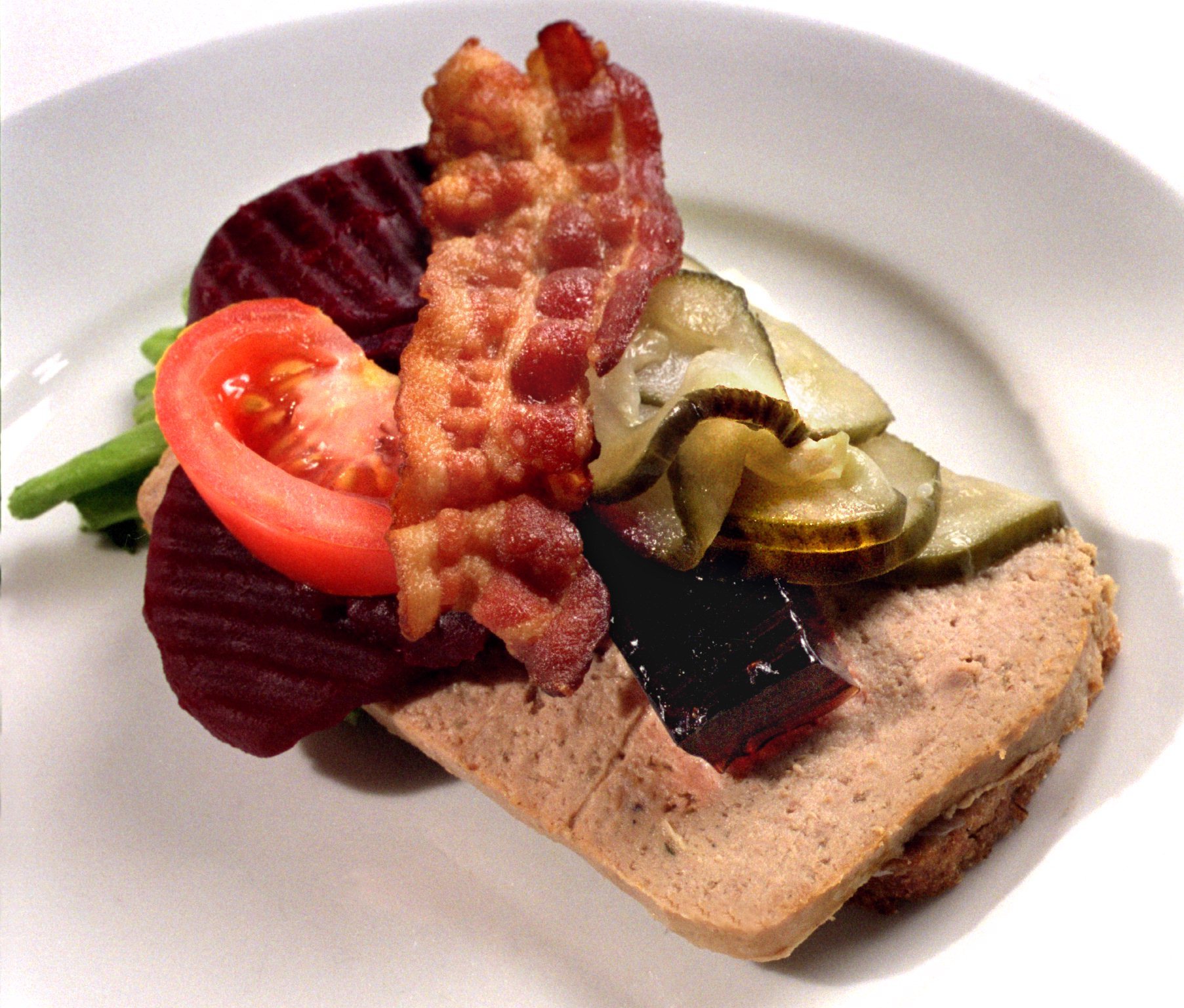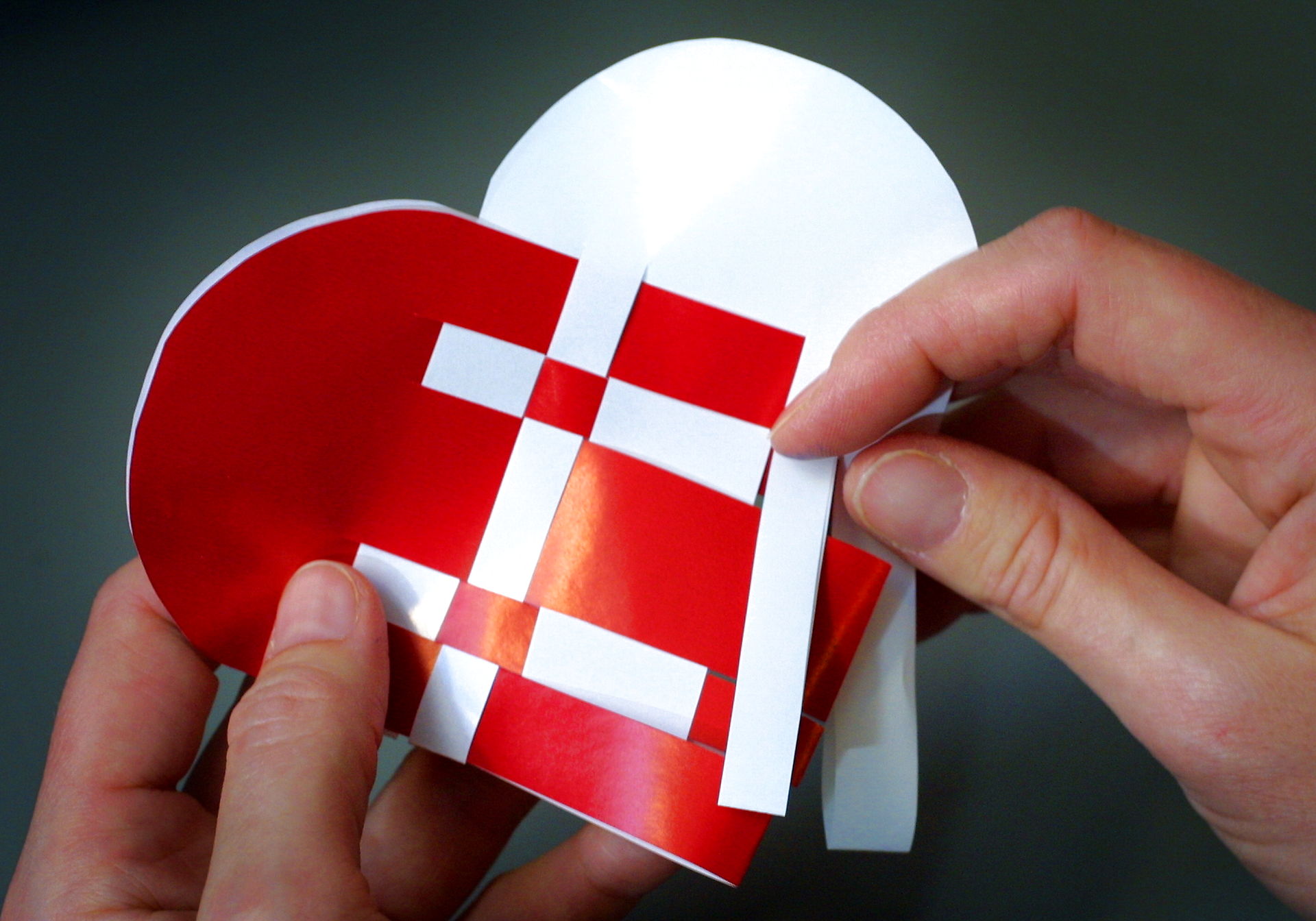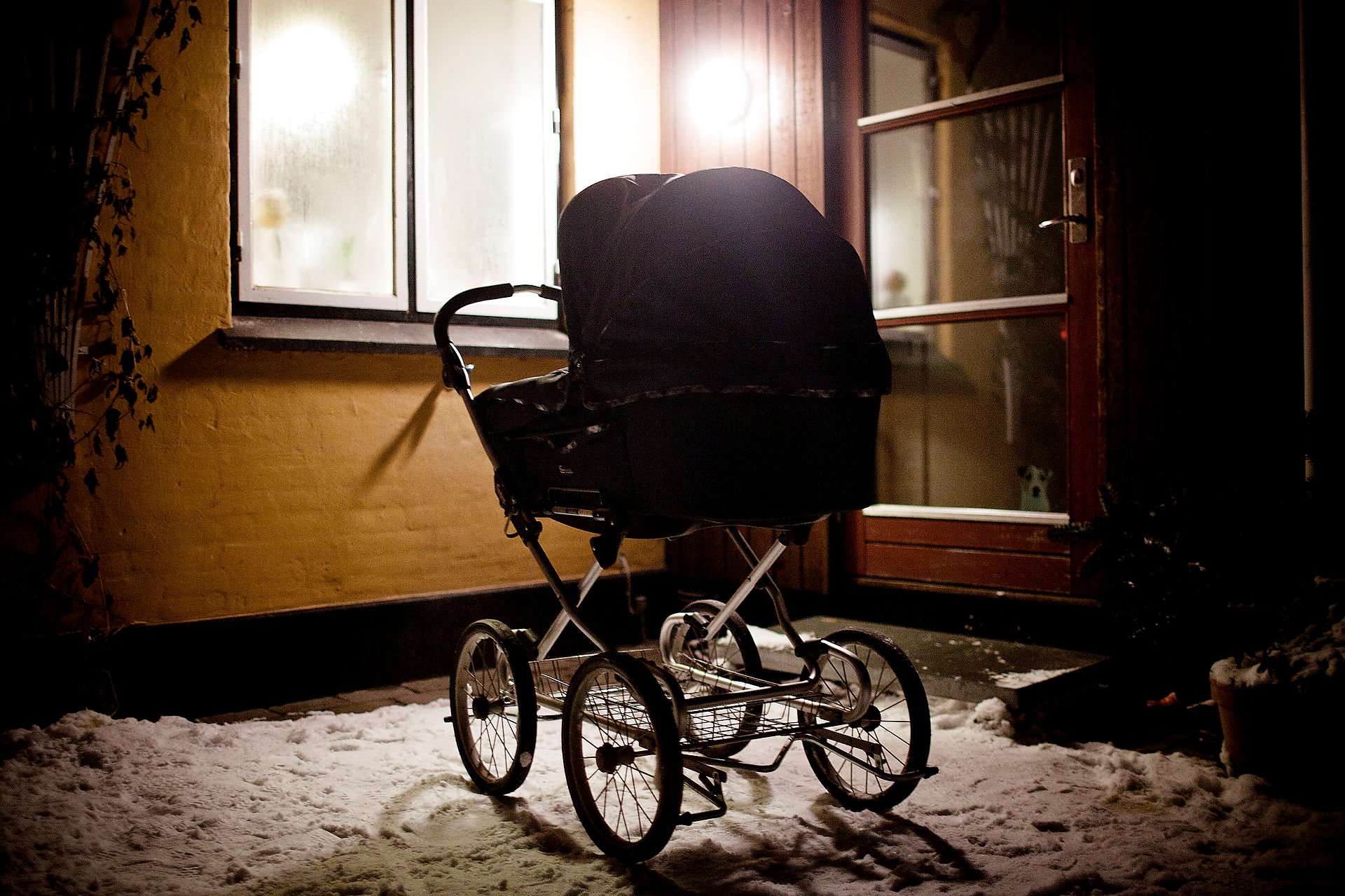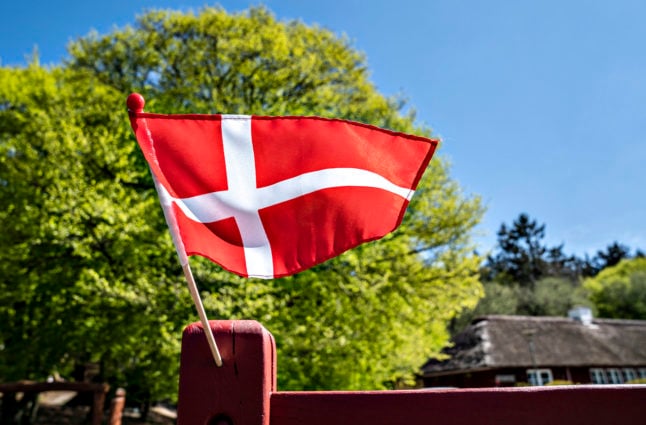Danish food
Rugbrød, or rye bread, was top of the list from our readers as a typical Danish food; it’s something most Danes eat every day.
Smørrebrød, which literally means “butter and bread”. This Danish open-face sandwich is less a dish than a whole way of eating, as we have written about before.
Popular toppings mentioned were leverpostej (liver paté), and pålægsschokolade – thin slices of chocolate Danes love to put on their rugbrød for a snack.

READ MORE: Do Danes really eat rugbrød for at least one meal every day?
Other contenders on the savoury side included remoulade, and stegt flæsk (pork), frikadeller (meat balls) and kartofler (potatoes).
The best contender on the pastry list was the kanelsnegle which directly translates as cinnamon snail.
And not forgetting lakrids (liquorice) which appears not only as a popular sweet but in flavours like ice cream.
Typical Danish drinks that were mentioned included Tuborg beer, Faxe Kondi and chokolademælk, (chocolate milk), which one reader recommended as a hangover cure. It is also the popular drink sold at hotdog stands, (Pølsemandens egen Chokolademælk).
Danish Design
There are some items you will keep coming across in Danish homes and according to our readers, these include:
Kähler vases; wooden animals from the Danish designer Kaj Bojesen, porcelain from Royal Copenhagen; candles in abundance; furniture from designer Arne Jacobsen; Montana shelving; Lego; PH5 pendant lamps or “fancy designer lights that hang very low,” as one reader described them, and the Hoptimist toy, which is a little springy smiley face, from Danish designer Hans Gustav Ehrenreich.
Danish culture
Jantelov, the Scandinavian version of tall-poppy syndrome, which is an unspoken rule that you shouldn’t boast or think yourself as better than anyone else.
Dannebrog flags. The love of the Danish flag to celebrate any occasion, was mentioned a lot by our readers. “Danes are mad for their flag, using it, putting it and wearing it everywhere,” one reader described.
Hygge – the famous and difficult-to-translate Danish concept of togetherness and feeling cosy. It can involve drinks with friends, a meal with your family, playing board games. Candles and blankets optional.
READ ALSO: It’s official: ‘hygge’ is now an English word
Flettede julehjerter på juletræet– homemade paper hearts on the Christmas tree.

Danish habits
Leaving your baby outside on the street to sleep – definitely one that takes a bit of getting used to.

Using week numbers on a calendar. The use of week numbers to refer to points in time – either in the past or future, but usually within the current year or beginning of the next one – is common in some European countries, and Denmark has embraced it with particular gusto since its official introduction in the 1970s.
Calendar over-planning was also included as a Danish trait, as it’s typical for Danes to book in their social gatherings weeks in advance.
READ MORE: Why do Danes insist on using week numbers instead of dates?
Yet one reader noted that, “upon arrival at any type of gathering or party a Dane will always go around the room and shake hands/introduce themselves to every single person! Which is great.”
Neutral coloured clothing – this is something many of our readers commented on for a recent article about the lack of colourful clothes you’ll see in Denmark.
READ MORE: ‘Black, black and more black’: Six tips on how to dress like a Dane

Popular Danish phrases mentioned were “skål!” and making toasts multiple times throughout a meal; “tak for sidst”, meaning thanks for the last time we met; and songs ending with “hurrah!”


 Please whitelist us to continue reading.
Please whitelist us to continue reading.
Member comments